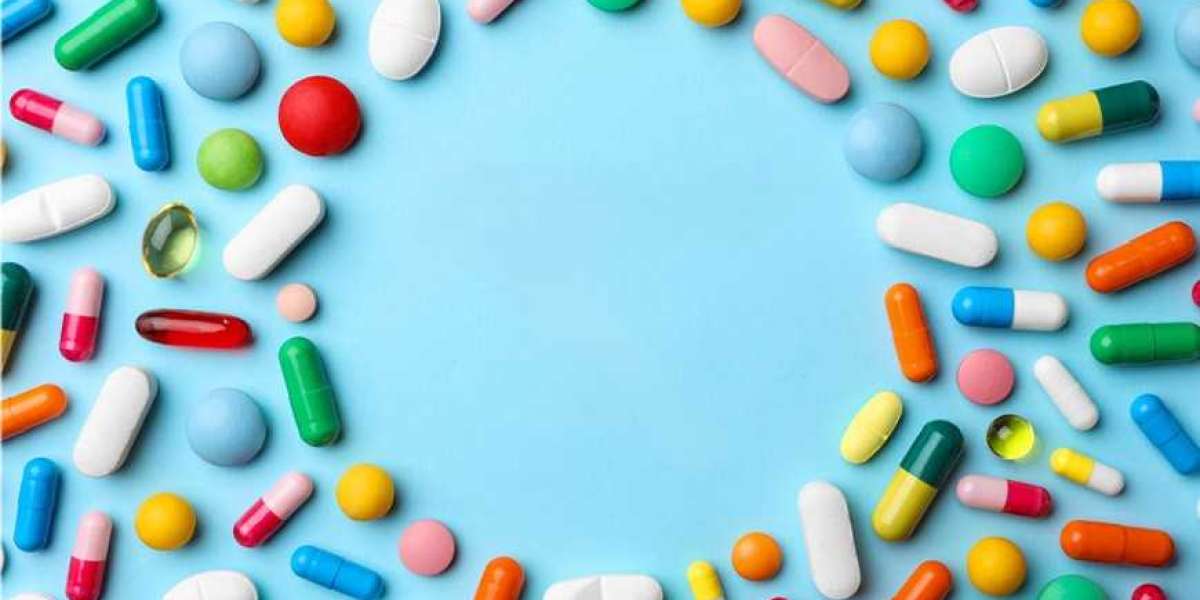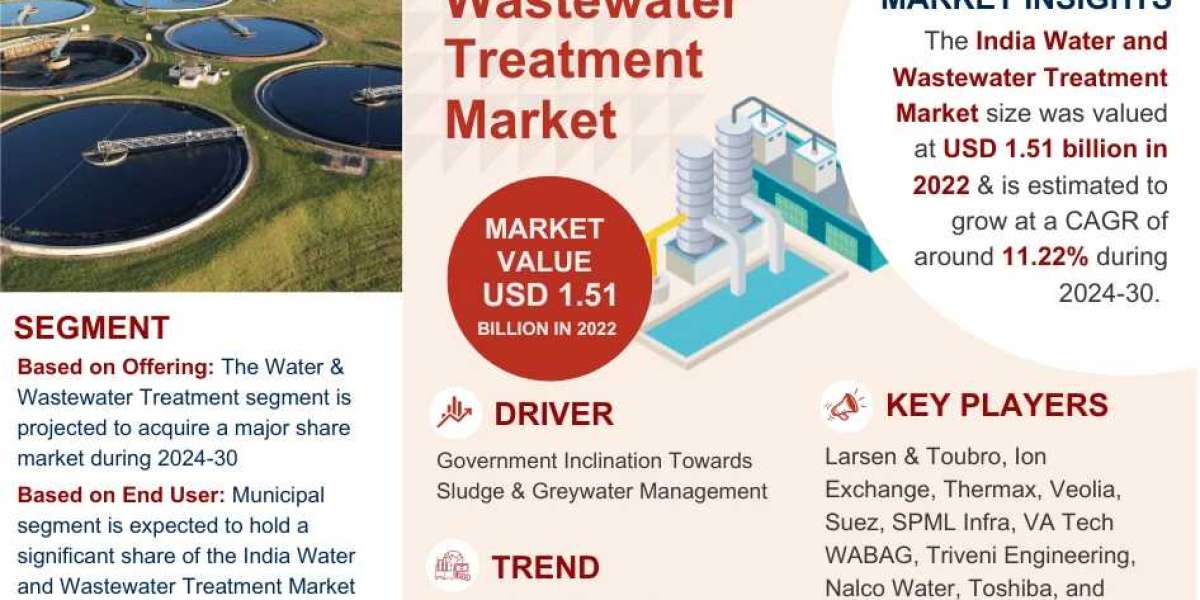Pharmaceutical impurities can impact the safety, efficacy, and quality of drug products. Understanding their types and implementing effective control strategies are essential in drug development and manufacturing. In this article, we'll explore the classification of pharmaceutical impurities and strategies for their control.
- Classification of Pharmaceutical Impurities:
- Organic Impurities:
Drug-related Impurities: Formed during synthesis, storage, or processing of the drug substance. Includes starting materials, intermediates, degradation products, and metabolites.
Process-related Impurities: Arise from reagents, catalysts, solvents, or by-products formed during manufacturing processes.
Degradation Products: Result from chemical degradation of the drug substance or drug product under various conditions (e.g., hydrolysis, oxidation, photolysis).
- Inorganic Impurities:
Residual Metals: Trace amounts of heavy metals from catalysts, reagents, or equipment used in manufacturing.
Inorganic Salts: Residues from reaction processes or raw materials.
- Residual Solvents:
Solvents used in the manufacturing process that may remain in the final drug product. Classified based on toxicity into Classes 1, 2, or 3 according to ICH guidelines.
- Microbial Impurities:
Microorganisms such as bacteria, fungi, and their metabolic by-products, which can contaminate drugs during manufacturing or storage.
- Control Strategies for Pharmaceutical Impurities:
- Risk Assessment:
Conduct a comprehensive risk assessment to identify and prioritize impurities based on their potential impact on product safety and efficacy.
- Good Manufacturing Practices (GMP):
Adherence to GMP ensures control over manufacturing processes, minimizing impurity introduction and cross-contamination.
- Process Optimization:
Optimize synthesis, purification, and formulation processes to minimize impurity formation. Use inert materials, appropriate catalysts, and optimized reaction conditions.
- Use of High-Quality Starting Materials:
Employ high-quality raw materials and reagents to minimize impurity levels in the drug substance.
- Robust Analytical Methods:
Develop and validate sensitive analytical methods (e.g., HPLC, GC, MS) for impurity detection and quantification throughout drug development and manufacturing.
- Impurity Profiling:
Perform comprehensive impurity profiling studies to identify, characterize, and quantify impurities at various stages of drug development and during stability studies.
- Control of Residual Solvents:
Follow ICH guidelines for the control of residual solvents. Use appropriate purification techniques and ensure residual solvent levels are within acceptable limits.
- Stability Studies:
Conduct stability studies to assess the impact of environmental factors on impurity formation and degradation over the product shelf life.
- Regulatory Compliance:
Stay updated with regulatory guidelines (e.g., ICH, FDA, EMA) regarding impurity limits, specifications, and control strategies.
- Continuous Monitoring and Improvement:
Implement continuous monitoring of impurity levels and process parameters. Continuously improve processes to minimize impurity formation.
Conclusion:
Pharmaceutical impurities pose challenges in drug development and manufacturing, but with proper classification and control strategies, their impact can be minimized. By implementing robust control measures and adhering to regulatory guidelines, pharmaceutical companies can ensure the quality, safety, and efficacy of drug products for patients worldwide.








